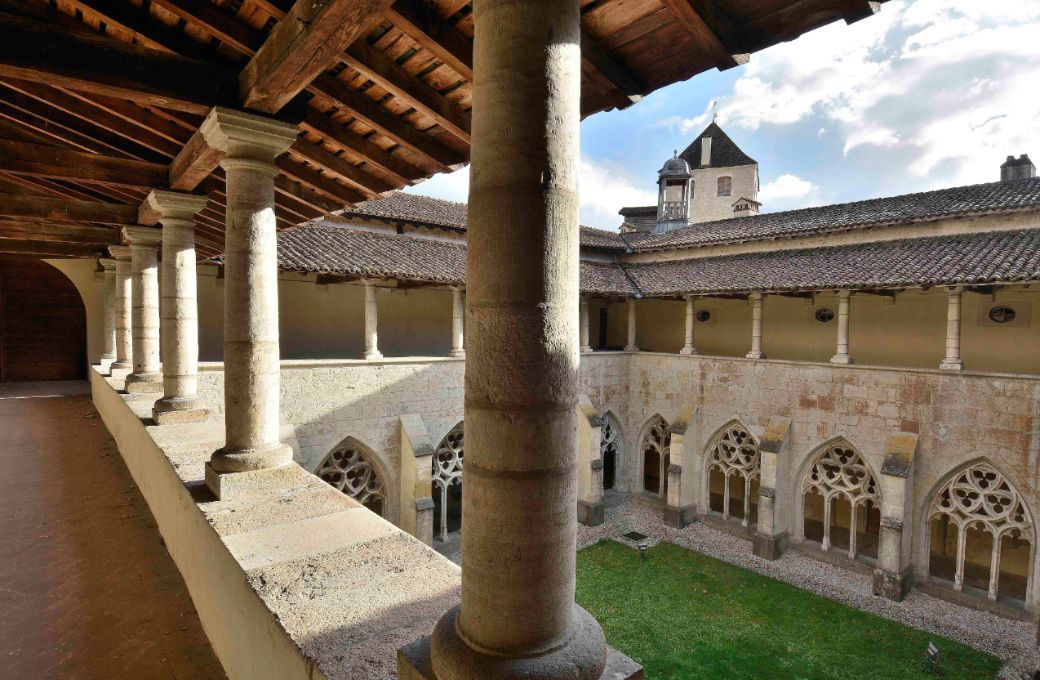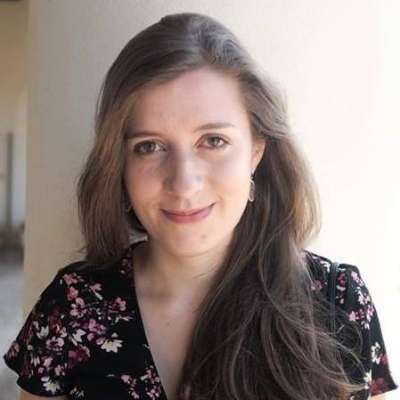“Quite simply, we wouldn’t be where we are without Eeemerging+”, says Ignacio Ramal, violinist and artistic director of The Ministers of Pastime. The prestigious scheme for young ensembles has taken the group up a gear, with the ensemble receiving increased attention from across Europe, with concert opportunities and residencies. So much so that Ramal now wonders: “How will the ensemble survive without the support of Eeemerging+, when the wave of visibility that accompanies it comes to an end?”
This question is also on the mind of Nicolas Bertrand, responsible for coordinating Eeemerging+ at the Centre Culturel de Rencontre (CCR) in Ambronay. “Today, a key issue for any ensemble is to reach a critical mass of activity, with enough performances to become sustainable.” Looking back on the four years he has spent coordinating Eeemerging+, he notes: “More and more, we are learning that we are ultimately working with individual musicians, rather than with ensembles. An ensemble is the framework for a given artistic project, but it can break up and then rise from its ashes a few years later.” To ward off this fate, and provide the best possible support for its young musicians, the Eeemerging+ programme relies on a spirit of cooperation between ensembles, building a community of old and new.
The programme’s alumni are numerous. From PRISMA, which focuses on early folk music and has devoted a CD to traditional Hungarian music, to Puracorda, a string quartet that performs works from the 19th and 20th centuries on period instruments, Eeemerging+ has supported the development of more than forty ensembles from all over Europe. Initiated in 2014 by the CCR, which organises the famous Ambronay Festival every year, this project was born out of a twofold understanding: that Early Music is essentially European music, not national, hence the need to foster it cooperatively at a European level; and that small ensembles, which are attractive to concert programmers and more agile in terms of repertoire, are the ideal vehicles for transmitting this music.

This founding idea has given rise to a diverse community of partners who share the desire to support young ensembles in their development. They range from the tiny Kravner Festival in Croatia, to the National Music Forum in Wrocław, which employs dozens of people. For groups that are sometimes relatively inexperienced – when they were selected by Eeemerging+, the PRISMA musicians had only known each other for a few months – the programme provides landmarks: opportunities to play in concert within the network of eleven partners, training courses and residencies.
Eeemerging+’s objective in offering these opportunities to its participants is clear: to free up space for musical research, and thus help to expand the repertoire of early European music. This research can take on many different forms, according to the nature of each ensemble. For Jorge Losana, singer with Cantoría, the aim is not so much to discover new repertoire as to rehearse, again and again, to find new ways of singing an already well-established repertoire, be it Spanish ensaladas or Monteverdi madrigals. Ignacio Ramal’s research focuses mainly on the style of interpretation and draws on a wide range of sources, from IMSLP (the immense library of free scores accessible online, well known to music lovers) to the libraries they explore during their residencies. As for Elisabeth Champollion, flautist with PRISMA, she explains that her ensemble “works to heal the wounds that separate so-called serious classical music and traditional music. We took advantage of our trips around Europe as part of Eeemerging+ to meet local musicians, and each time we came away with one or two pieces to add to our repertoire.”
Eeemerging+ is also an opportunity for ensembles to benefit from training in a specific field provided by some of the partners, each of whom has their own speciality – Baroque opera in Riga, for example. This is an opportunity to nurture the diversity of the repertoires covered, because if each ensemble has its own speciality, that’s because the selection committee is looking for a “balance of repertoires” among the programme participants.
However, Bertrand points out that there is no question of turning the musicians into bookworms or scholars disconnected from their audience: “the research also focuses on mediation, and the ensembles spend a lot of time finding new ways of interacting with the audience”. Ramal agrees: noting that the audience development strategy was often taken in hand by the festivals that hosted them, and leaving ensembles little room for manoeuvre, the Ministers of Pastime chose to win over new audiences through digital means. They create original video in collaboration with directors such as Maria Cuennet. “It's the best way of approaching today’s audiences, whether they’ve already been to the concert or not. Video adds new levels of understanding, new meanings to the music”.
In contrast to this virtual-based strategy, PRISMA and Cantoría are seeking to “break the fourth wall”. Losana explains: “We talk to the audience, before the concert, after the concert... Sometimes, we even put out a questionnaire to the audience after the performance, asking them what they would like to hear on our next album!” Champollion admits that “PRISMA's traditional repertoire helps me to feel closer to the audience”. And the ensemble’s musicians don't just play on stage: they also sit among the audience, chatting casually with them before going on.
These things all take time. “Time is the key factor for young ensembles,” admits Bertrand. “When you have to chase fees to make a living, it’s hard to free up rehearsal time. Musicians are generally juggling several ensembles, and the smallest work session is hard to fit into overloaded diaries.” Do the Eeemerging+ partner institutions plan to offer future winners financial support, so that they can concentrate more on a single project? “We’re looking at all the possibilities. In particular, we’re trying to increase the opportunities for paid dates, throughout Europe and for all the ensembles. It’s also important for audience development: the more concerts we do, the more people we reach!”
Apart from concerts, Eeemerging+’s main contribution remains its residencies for ensembles: moments when musicians can retreat from their busy performing schedules, and can, for example, “test different acoustics, particularly if they are working on the spatialisation of the music”. Champollion adds “It’s an opportunity to work on the sound, the coherence of the playing and the cohesion of the group.” Losana agrees: “We are constantly trying to question our way of singing, to become more natural, to get closer to the spoken language, sometimes going against the grain of what other ensembles are doing. For us, these long periods of work are essential”. “All we have to do is sleep, eat and play: it’s a dream!” laughs Ramal.
These are exceptional moments in musicians’ lives, far removed from the usual pressures of performance and profitability. But how can they be preserved in times of such budgetary constraint? “We hope to renew our funding in the next phase of the Creative Europe programme, which starts this year, and find new supporters,” explains Bertrand. And the programme’s ambitions continue to grow: Bertrand imagines an expanded network which might include institutions in the Nordic countries, a bridge to Armenia, and autonomous educational projects in partner educational establishments. The beneficiaries won’t complain, seeing as they are already grateful, like Ramal: “thanks to Eeemerging+, we have been extremely fortunate, we are seen as an ensemble that has something to say.”
This article was sponsored by the Centre Culturel de Rencontre d’Ambronay
Translated from French by David Karlin


